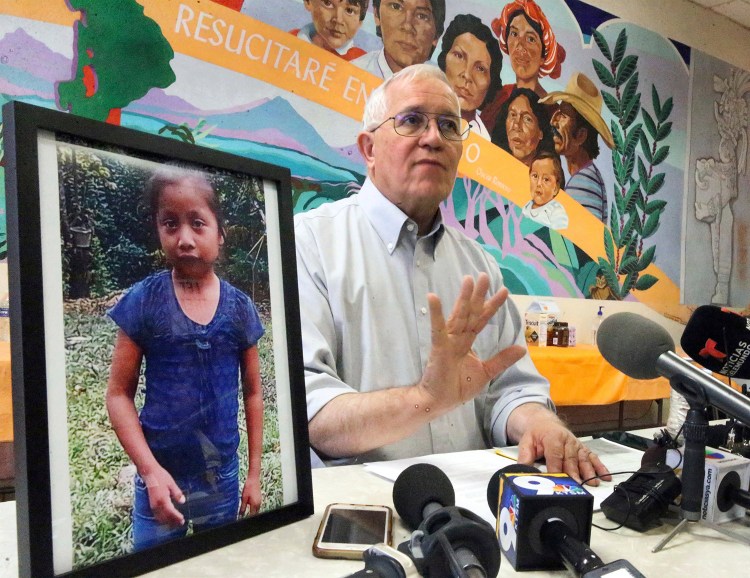The death of a 7-year-old Guatemalan girl hours after Border Patrol agents took her and her father into custody is a tragic turn of events that engenders no small amount of finger-pointing and recriminations. Someone must be to blame, but who?
White House spokesman Hogan Gridley told reporters last Friday that the death was “a horrific, tragic situation. Obviously, our hearts go out to the family and to anyone who’s suffered any type of danger and peril that they see so often when they make that trek up from the southern border.”
He then turned political: “It’s a needless death and it’s 100 percent preventable. If we could just come together and pass some common-sense laws to disincentivize people from coming up from the border and encourage them to do it the right way, the legal way, then those types of deaths, those types of assaults, those types of rapes, the child smuggling, the human trafficking that would all come to an end. And we hope Democrats join the president.”
That’s one hyperbolic and reality-challenged way of framing it, and was clearly the talking point of the day for the administration – Homeland Security Secretary Kirstjen Nielsen had said pretty much the same thing earlier on “Fox and Friends.”
The girl died in U.S. custody of dehydration and vomiting, and reportedly didn’t receive medical treatment until 90 minutes after her father told agents that the girl was throwing up. When asked if the U.S. bore any responsibility for her death, Gridley responded, “Does the administration take responsibility for a parent taking a child on a trek through Mexico to get to this country? No.”
Yet the government does bear responsibility for the health and welfare of people it takes into custody – especially children. And in most cases, it chooses to incarcerate the migrants (federal law requires only that people with specific criminal convictions be detained during deportation proceedings).
It’s unconscionable that the government incarcerates children in the first place. And it’s unconscionable that the government didn’t announce the girl’s death for a week. It didn’t see fit to inform Congress even though Customs and Border Protection Commissioner Kevin McAleenan testified before the Senate Judiciary Committee about his agents’ role in tear-gassing migrants at Tijuana as he discussed the “border security and humanitarian crisis” along the Southwest border.
Did McAleenan not know of the girl’s death in the custody of his agency? Or did he not see that as a sufficient tragedy to be considered part of the humanitarian crisis?
There have long been complaints about the federal system for incarcerating migrants, including issues associated with for-profit prisons, contracts with local jails (where migrants, often not even accused of a crime, are housed with local inmates), and the Tornillo tent city near El Paso where 1,600 children (soon to expand to 3,800) are being held as they await release to guardians – and where facility officials failed to conduct proper background checks on their workers.
It’s heartening – at least – to see that the Homeland Security Office of Inspector General has already announced an investigation. If there is to be any silver lining to the tragic death of the girl identified by her government as Jackeline Caal, may it be that our nation’s immigration gulag gets stronger, deeper and more effective scrutiny and congressional oversight, and that this administration is forced to accept responsibility for the misery it has caused among people who, by and large, are guilty of nothing more than seeking safety and a better life.
Send questions/comments to the editors.



Comments are no longer available on this story